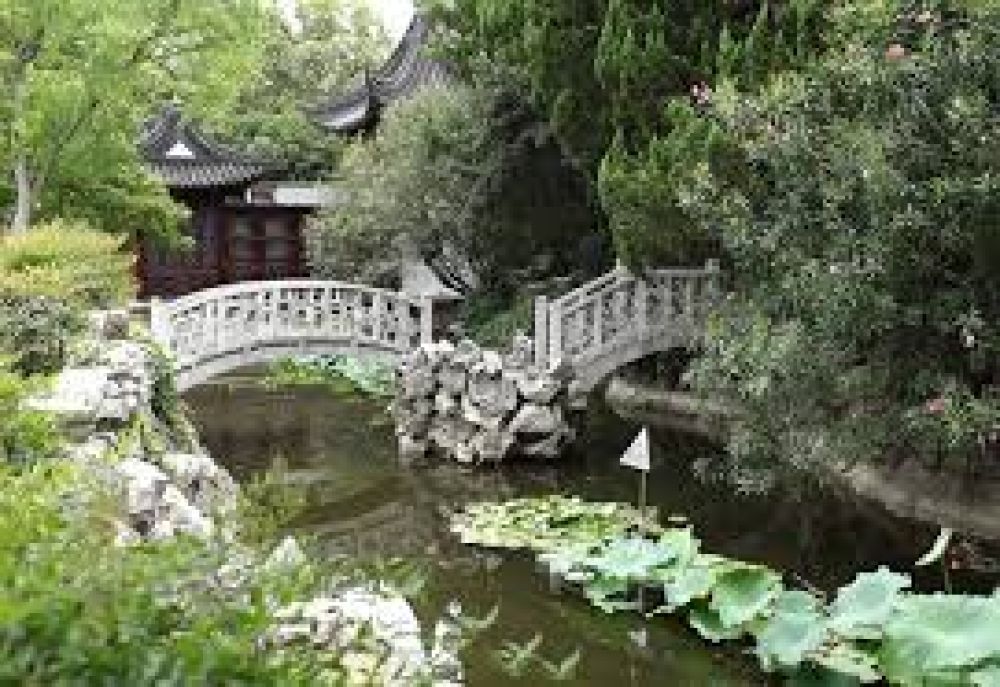

The Guilin Botanical Garden is one of Guilin's many natural marvels, nestled in an area widely acclaimed for its breathtaking landscape. The history of tourism in Guilin can be traced back to the times when it was praised by Chinese poets and literati for its stunning scenery. While Guilin itself has been a magnet for domestic and international tourists for decades, thanks in part to its iconic karst mountains and the serene Li River, the botanical garden has become an integral part of the city's tourism offerings over the years.
The beginnings of Guilin as a tourist destination date back to the establishment of the PRC in 1949 when it was recognized as a city with significant historic and cultural relevance, as well as outstanding natural beauty. However, it wasn't until the reform and opening up of China in the late 1970s and early 1980s that Guilin's tourism industry truly began to flourish. The Guilin Botanical Garden, founded in 1958, emerged as a scientific research institution but soon became a delightful destination for visitors interested in the rich plant life of the region.
Over time, the Guilin Botanical Garden has expanded its role in tourism, becoming not just a site for botanical research and conservation, but also a peaceful haven for those looking to enjoy nature. It is now recognized as one of the largest botanical gardens in Southwest China and arguably one of the most diverse in terms of plant species.
In recent years, the Guilin Botanical Garden has adapted to the latest tourism trends. There is a growing awareness and interest in ecological and sustainable tourism, and the garden offers an immersive experience that aligns with these values. Tourists are often keen to engage with the environment in a way that is respectful and educational, and the botanical garden provides such an opportunity.
The garden features collections of rare and endangered species, demonstrating China's efforts to preserve its biodiversity. This connects with a wider global movement towards responsible travel. Educational programs and ecological tours are increasingly popular, as they allow visitors to learn about plant species, their uses, and the importance of conservation.
Technological advancements have also influenced tourism at the Guilin Botanical Garden. Digital guides and mobile apps can enhance the visitor experience, allowing for self-guided tours that provide information at the touch of a button. Social media has played a significant role as well, with tourists sharing their experiences and thus promoting the garden to a wider audience.
Moreover, the garden has become a site for various festivals and events throughout the year, such as flower exhibitions and cultural festivals, which attract both tourists and locals alike. Such activities not only showcase the natural beauty of the area but also the rich cultural tapestry that Guilin represents.
The Guilin Botanical Garden reflects the evolving landscape of tourism in Guilin, China. With its deep roots in history and traditional Chinese appreciation for natural beauty, it stands as a testament to the growing desire for ecological preservation and sustainable tourism practices. As we look to the future, the garden's commitment to education, conservation, and the promotion of biodiversity will continue to attract visitors from around the world seeking a tranquil and enlightening encounter with nature.